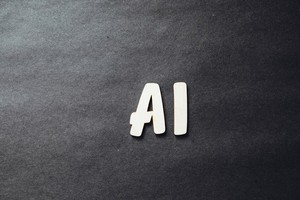FEATURED ROBOTICS
Robotics Breakthrough Combines Visual and Force Data for Smarter Performance
From arXiv • Latest Research
The researchers created a new system that combines visual and force data to help robots perform complex tasks more efficiently. This innovation has the potential to significantly improve robot performance, allowing them to adapt quickly to changing situations while maintaining control and accuracy.
Read Full Paper →
AI Learns From Multiple Sources To Track Objects In Space
Scientists created a new computer program called Any4D that can analyze data from different sources, like cameras and sensors, to understand how objects move in space. This breakthrough has the potential to make it easier and faster to use computers to analyze video footage and other visual data, which could have many practical applications and benefits.
Read Paper →
AI Learns to Navigate Complex Tubes Without a Map
Scientists developed a system that lets drones navigate complex tubes without a map. This breakthrough has the potential to revolutionize industries like manufacturing, medicine, and mining by enabling drones to safely travel through narrow spaces with limited visibility.
Read Paper →
Smarter AI Decisions Through Data Optimization
Scientists developed a new way to make decision-making systems learn more efficiently by using smarter data signals. This approach can help these systems perform better in complex situations where they need to adjust their decisions quickly, potentially leading to breakthroughs in areas like robotics and artificial intelligence.
Read Paper →
AI Learns from Data to Guide Underwater Robots Through Treacherous Waters
Scientists used a computer program to help an underwater robot navigate through complex environments by learning how to avoid obstacles on its own. This new approach could lead to safer and more effective underwater exploration, especially in areas with poor visibility or many hidden dangers.
Read Paper →

